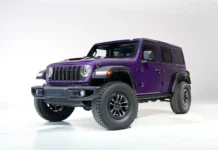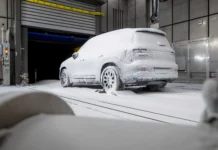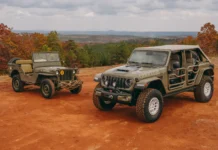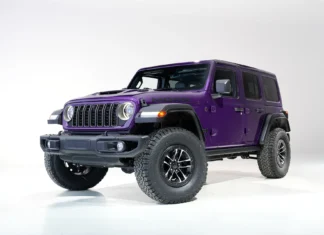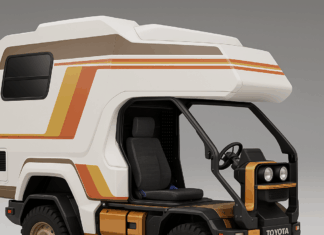
There’s officially a new speed king on the roads.
UPDATE: After the Internet stepped in to question SSC’s run, the Australian GPS company’s equipment used to track the car’s speed, Dewetron, said it had not validated any of the data, and none of its employees were present that day. SSC later said it was “regretful that the videos shared were not an accurate representation of what happened.”
Washington-based SSC North America announced their record-breaking runs Monday, as it attempted to snatch the “world’s fastest car” title with its 1,750 horsepower Tuatara hypercar. British racing driver Oliver Webb managed that speed on a seven-mile stretch of closed highway near Pahrump, Nevada, just outside Las Vegas.
In order to achieve the record of fastest production car, it had to meet some important requirements. It has to be a road-going version of the car, the driver had to drive the same route in opposite directions, have his speed tracked by a certified GPS system, and drive the car on street tires, on normal-grade fuel (not race fuel) and on a public road. That ensures the best “real-world” driving conditions for any potential buyer — not that driving over 300 mph on the public roads normally is a great idea.

How they tried break the speed record
The SSC Tuatara achieves a super slippery drag coefficient of 0.279, with the mid-engined car having an aerodynamic balance of 37% front and 63% rear from 150 to 330 mph. As for the engine and its monumental oomph, that would be a 5.9-liter twin-turbo flat-plane crank V-8. When running on E85 fuel, the powerplant puts out a gargantuan 1,750 horsepower. It mates up to a semi-automated 7-speed manual transmission. In the event things do go wrong, the Tuatara has a carbon-fiber monocoque to protect its occupants as well.
Webb managed two incredible speed runs on this stretch of road. He managed 301.07 mph on the first run, before achieving an even more mind-boggling 331.15. “There was definitely more in there,” Webb said after breaking the record. “As I approached 331 mph, the Tuatara climbed almost 20 mph within the last five seconds. It was still pulling well.” Crazily enough, even at those remarkable speeds, the car still hadn’t reached its limit. UPDATE: Again, the GPS data for this was not validated.

“It’s been ten years since we held this record with our first car, the Ultimate Aero,” said SSC CEO Jerod Shelby (no relation to Carroll Shelby). “We came pretty close to meeting the theoretical numbers, which is astonishing to do in a real-world setting on a public road.”
To capture the event, SSC enlisted the help of a T-33 jet, equipped with state-of-the-art camera technology. Several prominent car fanatics, including our friend Jason Fenske over at Engineering Explained, fleshed out that whole “316 mph” thing:



